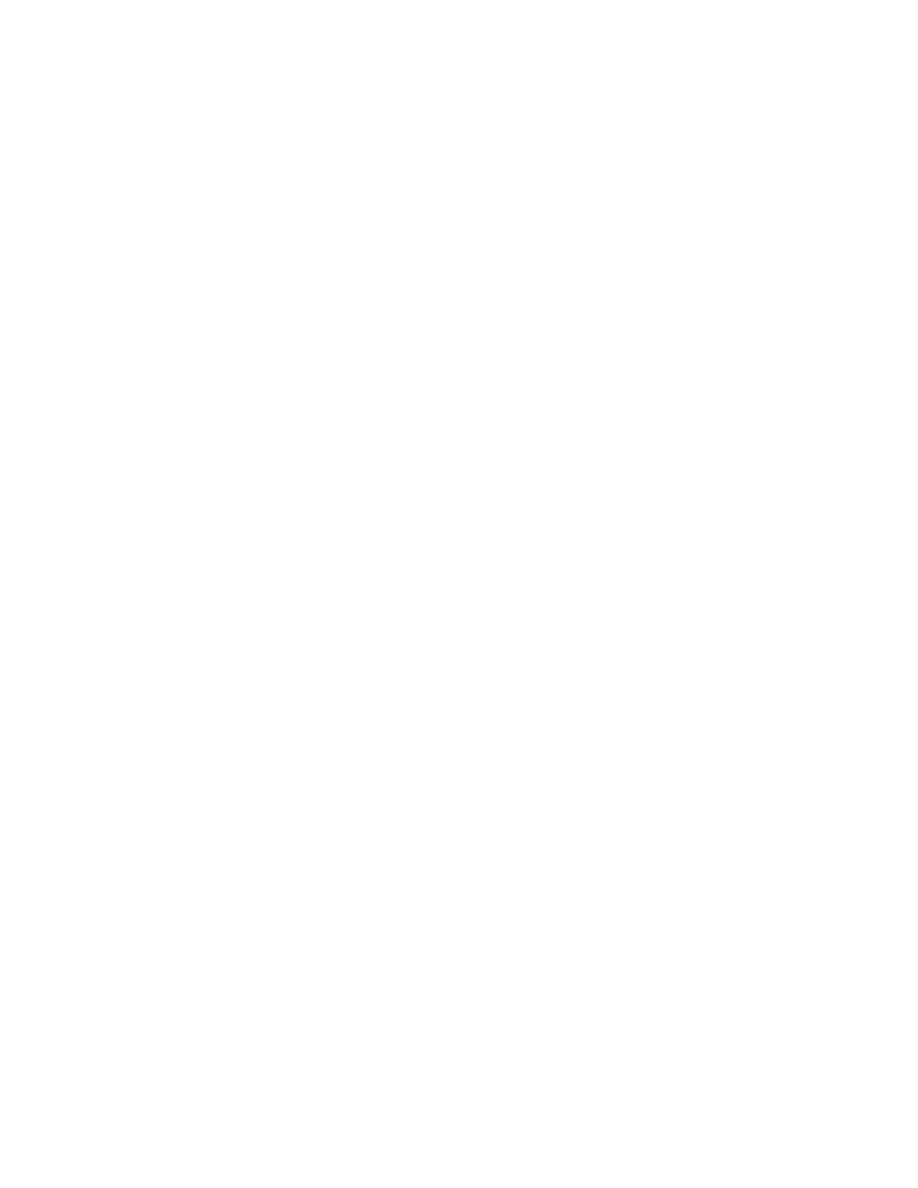
809
Federal Aviation Administration, DOT
Pt. 36, App. F
noisiest continuous state at the maximum
landing weight in normal operation.
Section B36.8 Noise Certification Test
Procedures
(a) All test procedures must be approved by
the FAA.
(b) The test procedures and noise measure-
ments must be conducted and processed in
an approved manner to yield the noise eval-
uation metric EPNL, in units of EPNdB, as
described in appendix A of this part.
(c) Acoustic data must be adjusted to the
reference conditions specified in this appen-
dix using the methods described in appendix
A of this part. Adjustments for speed and
thrust must be made as described in section
A36.9 of this part.
(d) If the airplane’s weight during the test
is different from the weight at which noise
certification is requested, the required EPNL
adjustment may not exceed 2 EPNdB for
each takeoff and 1 EPNdB for each approach.
Data approved by the FAA must be used to
determine the variation of EPNL with
weight for both takeoff and approach test
conditions. The necessary EPNL adjustment
for variations in approach flight path from
the reference flight path must not exceed 2
EPNdB.
(e) For approach, a steady glide path angle
of 3
° ±
0.5
°
is acceptable.
(f) If equivalent test procedures different
from the reference procedures are used, the
test procedures and all methods for adjusting
the results to the reference procedures must
be approved by the FAA. The adjustments
may not exceed 16 EPNdB on takeoff and 8
EPNdB on approach. If the adjustment is
more than 8 EPNdB on takeoff, or more than
4 EPNdB on approach, the resulting numbers
must be more than 2 EPNdB below the limit
noise levels specified in section B36.5.
(g) During takeoff, lateral, and approach
tests, the airplane variation in instanta-
neous indicated airspeed must be maintained
within
±
3% of the average airspeed between
the 10 dB-down points. This airspeed is deter-
mined by the pilot’s airspeed indicator. How-
ever, if the instantaneous indicated airspeed
exceeds
±
3 kt (
±
5.5 km/h) of the average air-
speed over the 10 dB-down points, and is de-
termined by the FAA representative on the
flight deck to be due to atmospheric turbu-
lence, then the flight so affected must be re-
jected for noise certification purposes.
N
OTE
: Guidance material on the use of
equivalent procedures is provided in the cur-
rent advisory circular for this part.
[Amdt. 36–54, 67 FR 45235, July 8, 2002; Amdt.
36–24, 67 FR 63196, Oct. 10, 2002; 68 FR 1512,
Jan. 10, 2003; Amdt. 36–26, 70 FR 38749, July 5,
2005; FAA Doc. No. FAA–2015–3782, Amdt. No.
36–31, 82 FR 46131, Oct. 4, 2017]]
A
PPENDIXES
C–E
TO
P
ART
36 [R
ESERVED
]
A
PPENDIX
F
TO
P
ART
36—F
LYOVER
N
OISE
R
EQUIREMENTS
FOR
P
RO
-
PELLER
-D
RIVEN
S
MALL
A
IRPLANE
AND
P
ROPELLER
-D
RIVEN
, C
OMMUTER
C
ATEGORY
A
IRPLANE
C
ERTIFICATION
T
ESTS
P
RIOR TO
D
ECEMBER
22, 1988
PART A
—
GENERAL
Sec.
F36.1
Scope.
PART B
—
NOISE MEASUREMENT
F36.101
General test conditions.
F36.103
Acoustical measurement system.
F36.105
Sensing, recording, and reproducing
equipment.
F36.107
Noise measurement procedures.
F36.109
Data recording, reporting, and ap-
proval.
F36.111
Flight procedures.
PART C
—
DATA CORRECTION
F36.201
Correction of data.
F36.203
Validity of results.
PART D
—
NOISE LIMITS
F36.301
Aircraft noise limits.
PART A
—
GENERAL
Section F36.1 Scope.
This appendix pre-
scribes noise level limits and procedures for
measuring and correcting noise data for the
propeller driven small airplanes specified in
§§ 36.1 and 36.501(b).
PART B
—
NOISE MEASUREMENT
Sec. F36.101 General test conditions.
(a) The test area must be relatively flat
terrain having no excessive sound absorption
characteristics such as those caused by
thick, matted, or tall grass, by shrubs, or by
wooded areas. No obstructions which signifi-
cantly influence the sound field from the air-
plane may exist within a conical space above
the measurement position, the cone being
defined by an axis normal to the ground and
by a half-angle 75 degrees from this axis.
(b) The tests must be carried out under the
following conditions:
(1) There may be no precipitation.
(2) Relative humidity may not be higher
than 90 percent or lower than 30 percent.
(3) Ambient temperature may not be above
86 degrees F. or below 41 degrees F. at 33
′
above ground. If the measurement site is
within 1 n.m. of an airport thermometer the
airport reported temperature may be used.
(4) Reported wind may not be above 10
knots at 33
′
above ground. If wind velocities
of more than 4 knots are reported, the flight
direction must be aligned to within
±
15 de-
grees of wind direction and flights with tail
VerDate Sep<11>2014
12:50 Apr 30, 2019
Jkt 247046
PO 00000
Frm 00819
Fmt 8010
Sfmt 8002
Y:\SGML\247046.XXX
247046
spaschal on DSK3GDR082PROD with CFR